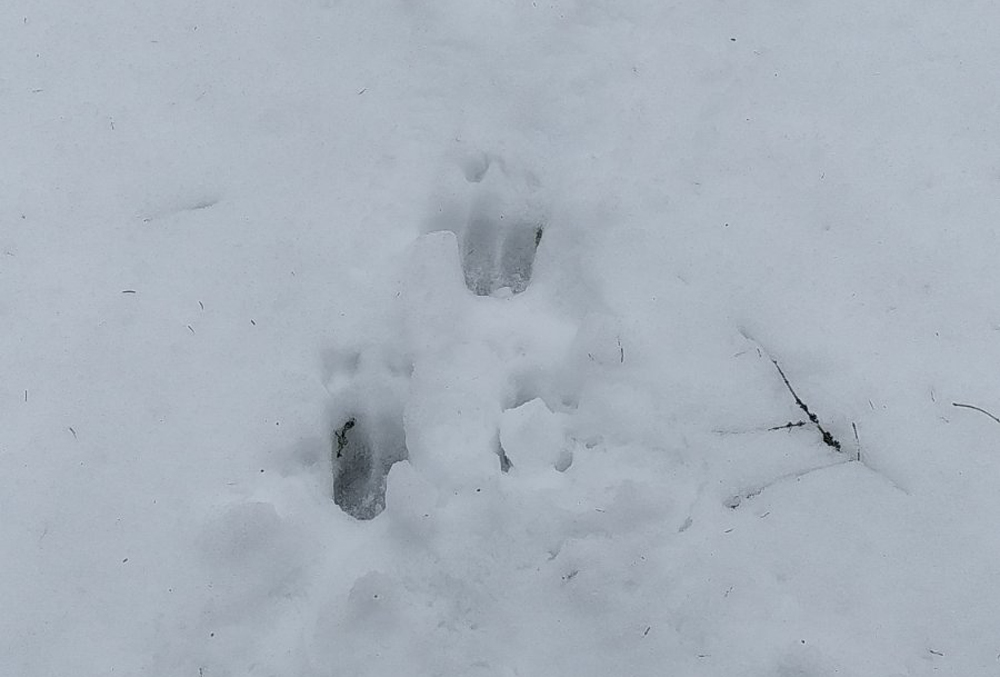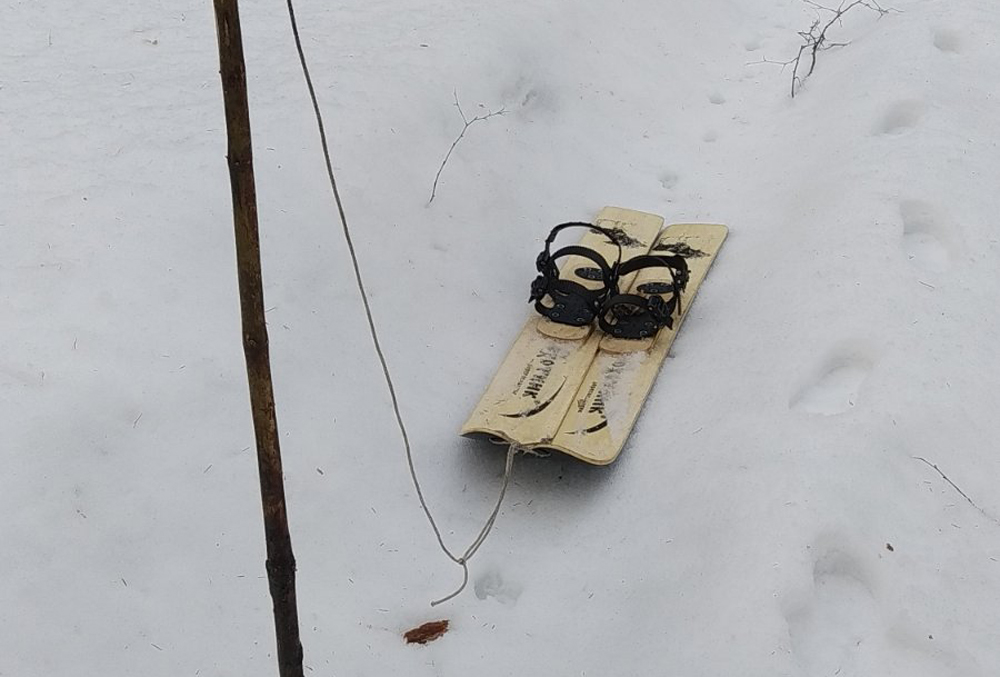One of the most important environmental measures in the reserve is to record the number of wild animals living on its territory. Determination of the numbers of local mammal species is carried out all year round: questionnaire surveys are carried out, data from camera traps is analyzed, and encounters with animals are recorded.
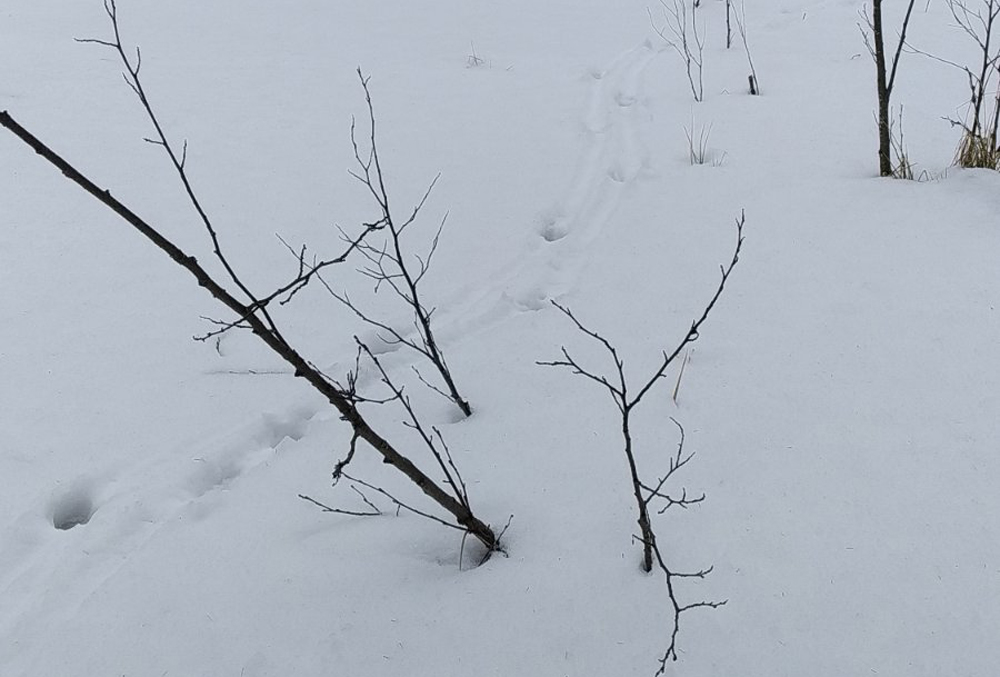
However, the main method of recording the number of animals is winter route census (WRC). The methodology for counting wild animals is approved and is based on counting animals according to their tracks crossing the counting route. The recorder counts tracks along the route, determines the type of animal and marks it on the diagram. The final number of mammals is calculated using special formulas with the use of a conversion factor.
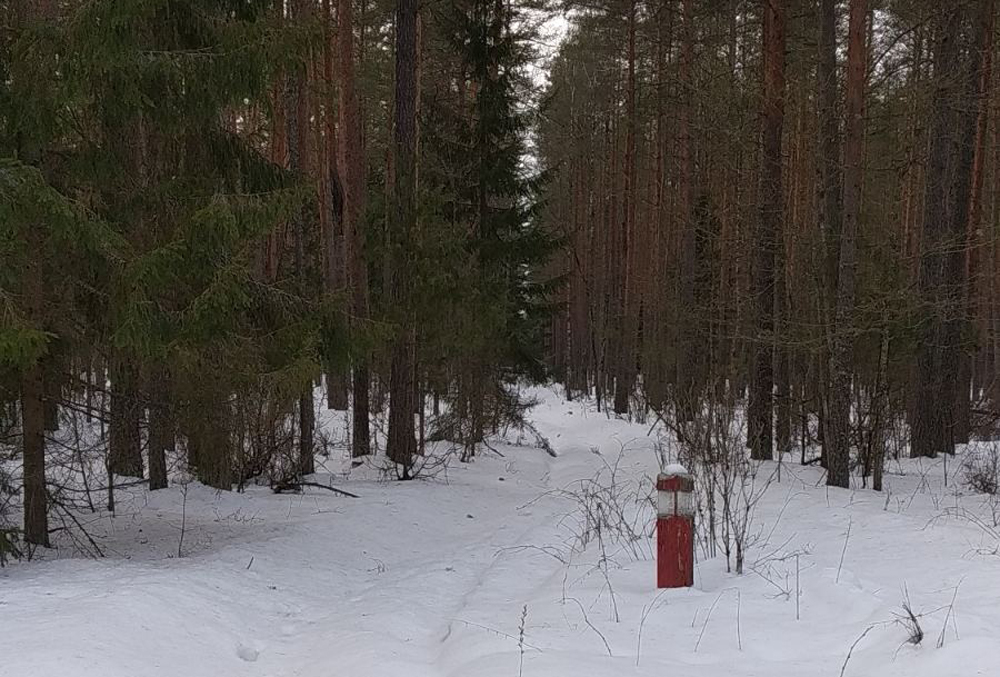
This year, forestry surveys were carried out on February 16-17 by the most experienced forest guards, rangers and under the supervision of scientists. Weather conditions for the current surveys were favorable. The onset of a thaw and the lack of precipitation these days had a positive effect on the animals’ activity.
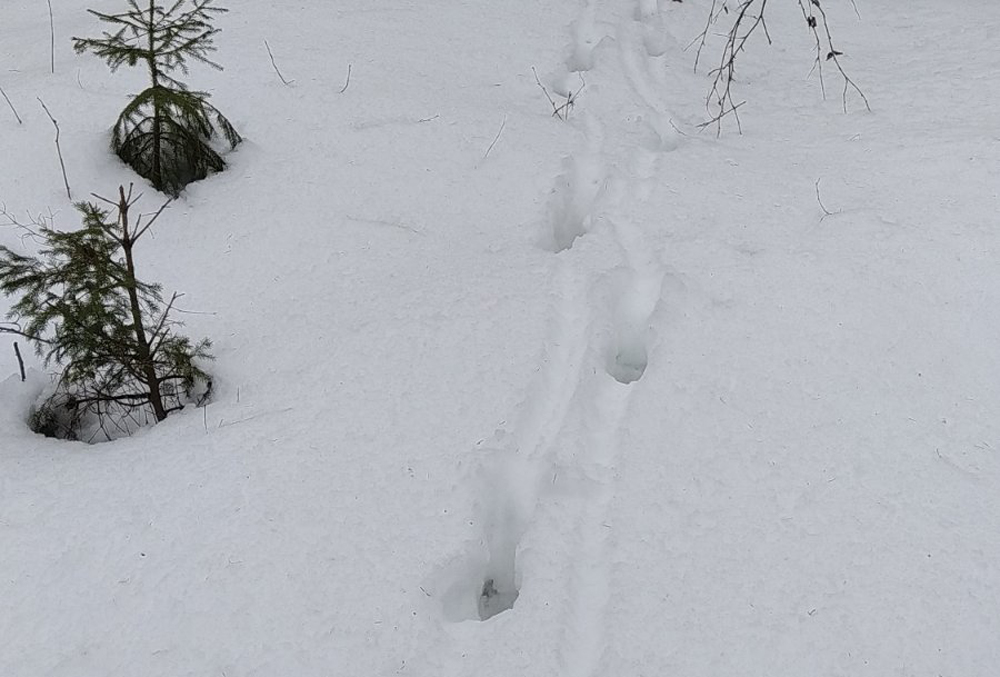
To obtain comparative data, the routes hardly change from year to year and pass mainly along quarters’ clearings to ensure orientation on the terrain. They cover the entire diversity of biotopes (forest, field, floodplain, swamp) in the same proportion as they are represented on the territory of the reserve. This year, census takers completed 51 routes with a total length of more than 450 km. The length of the walking route averaged 9-10 km. All received accounting data will be carefully analyzed and entered into the next annual issue of the reserve’s “Chronicle of Nature”.

But now we can say with confidence that the February thaw awakened several brown bears, footprints of which were noted on the territory of Berezino, Rozhno and Palik forestries. Compared to last year, there was an increase in the number of elk, red deer and roe deer. The number of wolves in the protected area remains consistently high.
